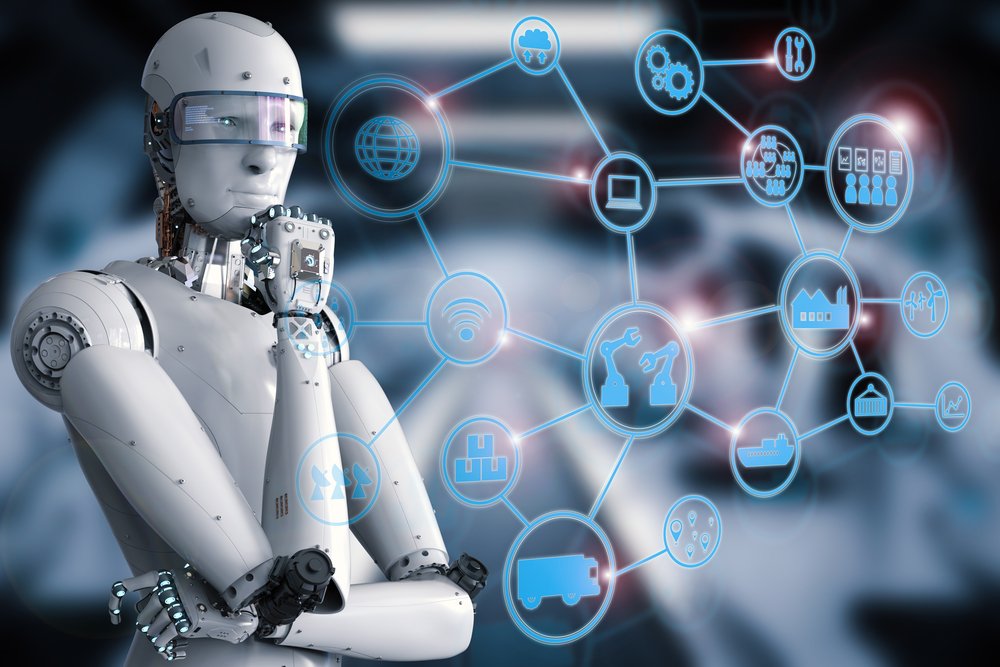There is never a boring day in the world of artificial intelligence and machine learning. Google is clearly one of the companies leading the charge in this research field right now. However, even its creations may be evolving too quickly right now. It seems an AI developed in-house has successfully cloned itself and turned out to be far more competent than the human-engineered version. It’s a very interesting yet worrisome turn of events.
Google’s AI Outdoes Human Engineers
It is only normal that human-created artificial intelligence will only have a certain degree of “smartness”. After all, they are often modeled in our own image, which means an artificial intelligence can’t know everything. It is more than capable of learning as it goes, though, which is both an appealing and a troublesome trait, to say the very least. No one expects an AI to outsmart humans anytime soon, but the reality may prove to be very different in this regard.
Based on Google’s recent AutoML venture, that future may only be a few years from now. This project is designed in such a way that it can create other AIs and replicate itself. In theory, this should improve the versatility and knowledge of “future offspring” of AIs. The results were quite astonishing and quickly surpassed even the engineers’ wildest expectations, according to the IBTimes.
More specifically, the clone created by AutoML turned out to be a big success. Not only was it a clone of the original, but it also was a lot smarter. Considering that the clone outwitted its “parent”, this method of developing new artificial intelligence will be pretty interesting to keep an eye on moving forward. In fact, the offspring was faster, more efficient, and far more powerful than anything human engineers had ever cobbled together before.
To put this into perspective, the Google engineers created a test to see how well both AutoML and its offspring would behave. AutoML achieved 82% accuracy on a photographic test, which is pretty impressive. However, the AI was also asked to identify the placement of objects within every photograph. AutoML scored a 39% on this test, whereas its clone quickly improved to 43%. Given enough time, that number could easily surpass the 50% mark, by the looks of things.
Although this difference may seem minor to the untrained eye, the Google engineers were greatly impressed. After all, Google can’t build the next generation of artificial intelligence itself. However, the company’s own AI is already capable of improving its own codebase and algorithms without third-party intervention. Imagine what could be achieved when hundreds of thousands of developers put together powerful AIs and let them replicate.
Considering how AutoML is built from the ground up, it will be interesting to see what other tests Google has planned. It is evident AIs are more than capable of handling most programming work themselves right now, but they still need a “human hand” to fine-tune things. Eventually, that requirement may be removed as well, although it will take a few more years, if not decades until that actually happens.

